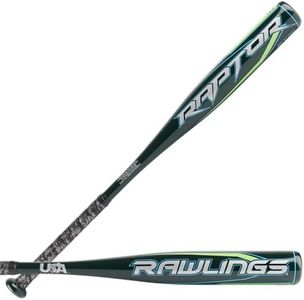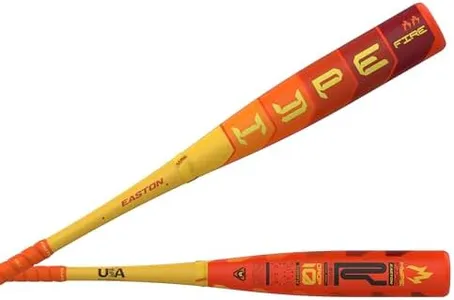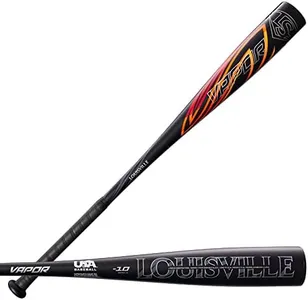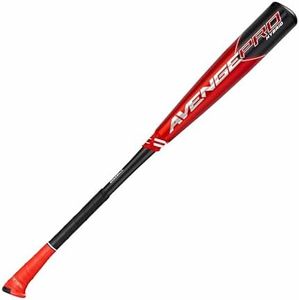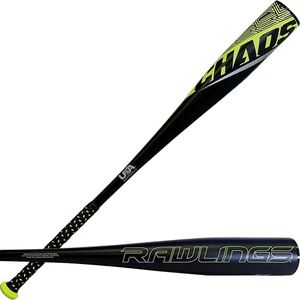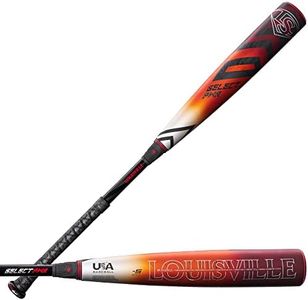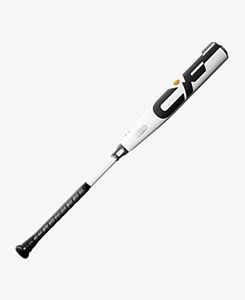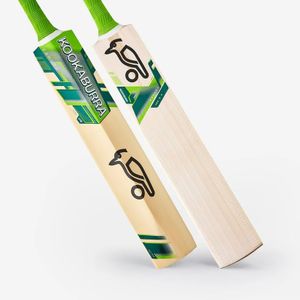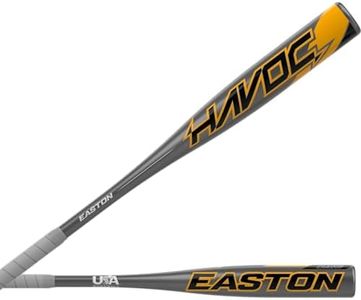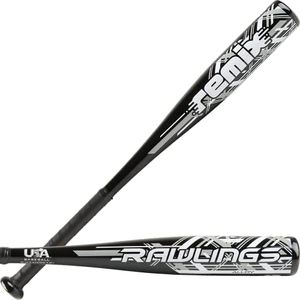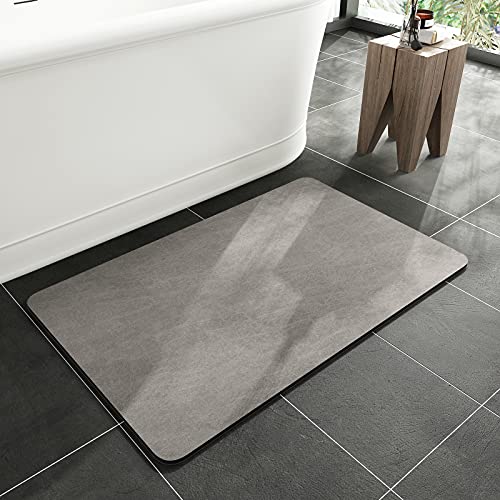We Use CookiesWe use cookies to enhance the security, performance,
functionality and for analytical and promotional activities. By continuing to browse this site you
are agreeing to our privacy policy
10 Best Youth Bats
From leading brands and best sellers available on the web.Buying Guide for the Best Youth Bats
Choosing the right youth bat can make a big difference in a young player's performance and enjoyment of the game. It’s important to focus on comfort and suitability rather than just picking the most popular or most expensive bat. The right bat should feel balanced, easy to swing, and allow the player to make solid contact with the ball. Taking into account the player’s age, size, and skill level is key to finding the perfect match.LengthBat length is the measurement from the knob to the end cap of the bat. It's important because the right length ensures the player can reach pitches across the plate without losing control. Bats that are too long can be heavy and hard to swing, while bats that are too short limit reach. Generally, shorter bats offer better control and are suited for younger or smaller players, while longer bats may be better for older or taller youth players. You can check fit by having the player stand the bat vertically next to their leg; a good starting point is when the bat reaches just below the hip or waist.
Weight (Drop Weight)The weight of a youth bat, often described by its drop (the difference between the bat's length in inches and its weight in ounces), affects how easily and quickly a player can swing. A higher drop (-10 to -13) means a lighter bat, best for younger or less experienced players who need more control and speed. A lower drop (-8 to -10) means a heavier bat, which can help strong, experienced players generate more power. Choose a bat weight that allows the player to swing comfortably and maintain good form without straining.
MaterialYouth bats are most commonly made from aluminum (alloy), composite, or a hybrid of both. Aluminum bats are durable, ready to use out of the wrapper, and offer a classic feel; they are suitable for most players, especially beginners. Composite bats may offer a larger sweet spot and reduced vibration, but usually require a break-in period and can be more sensitive to cold weather. Hybrids combine both materials to balance performance and feel. Choose the material based on the player's comfort with vibrations, desired feel, and local weather conditions.
Barrel DiameterBarrel diameter is the width of the thickest part of the bat and affects how easy it is to make contact with the ball. Most youth leagues allow barrel diameters of 2 1/4 inches or 2 5/8 inches. A larger barrel offers a bigger sweet spot and a better chance to hit the ball solidly, though it may make the bat heavier. Smaller barrels are lighter and can be easier to swing quickly. Make sure to check league regulations and choose the barrel size that matches the player’s skill and comfort.
GripThe grip refers to the material and texture covering the handle of the bat. A good grip provides comfort and reduces slipping or vibration on mishits. Thicker, softer grips can minimize hand sting and are often preferred by younger players. Thinner grips may offer more feedback for advanced players. Personal preference is key—some players like a cushioned, tacky grip while others may prefer a firmer feel. Always ensure the player feels comfortable holding and swinging the bat with its grip.
League CertificationYouth bats must meet specific standards set by different baseball or softball leagues, such as USA Baseball, USSSA, or others. Certification marks show that the bat is approved for use in that league. It’s important to know which certifications your player’s league requires, as using an uncertified bat may not be allowed in games. Always double-check league rules before purchasing to ensure compliance and avoid disappointment.
